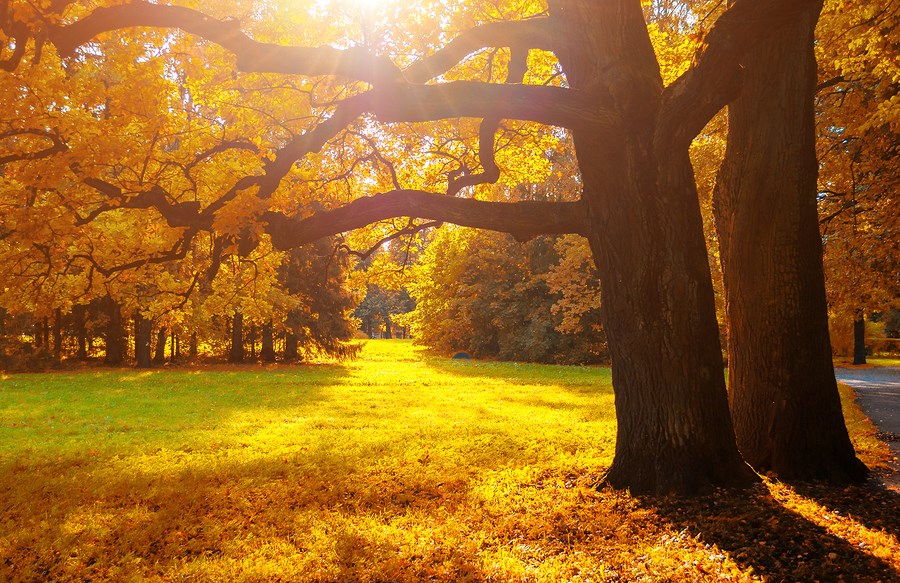National Tree Day, a day to appreciate the benefit of trees, fell on Sept. 26.
National Tree Day was established on March 2, 2011 by parliament to be celebrated on the Wednesday in the middle of National Forest Week. I have to confess that I was unaware of both the day and the week until I received an email from Tree Canada.
Living in the boreal forest we tend to take trees for granted. We are surrounded by trees, and often tend to notice problems rather than benefits. Caterpillar invasions are a nuisance when they hang from trees in large numbers, or when masses of them march across highways, making them slippery. We are also very aware of the threat of forest fires that can destroy entire communities and disrupt highway travel.
But most of us also love our trees and forests. Most yards have at least one tree. Trees beautify our surroundings. They are planted for specific qualities such as leaf colour, like the purple leaved crabapples and chokecherries, fall colour, especially red maples, spring flowers, and fruit, either ornamental or edible.
Trees provide cooling shade. A shade tree on the south side of the house can keep the house cooler in summer. If you walk into the woods on a hot summer day you find the air noticeably cooler. This is more cooling than shade alone provides. Tree roots take in water all the time. The water in the ground is cold. As the water travels up the trunk just under the bark up to the highest branch and leaves, it cools the air next to the tree.
Forests are a carbon sink. Trees take up carbon dioxide and release oxygen in the daytime. It is true that this process is reversed at night, but the consumption of oxygen is minimal in comparison to the amount produced. Because trees take up carbon dioxide, forests moderate climate change. Forests have been absorbing about one quarter of the carbon produced by human activity, such as burning fossil fuels.
Our forests shelter a great variety of wild animals, and even a single tree in a yard can shelter birds and squirrels. Trees can also shelter our homes and yards from wind. Windbreaks are especially beneficial on the north side of a vegetable garden or fruit trees.
Erosion and runoff are also controlled by trees. Their extensive root system holds the soil in place, while leaves intercept rainfall to slow it down, allowing water to be absorbed into the ground.
I missed celebrating National Tree Day, and most of National Forest Week, but I did not miss appreciating the beauty of our trees showing off their fall colours.




